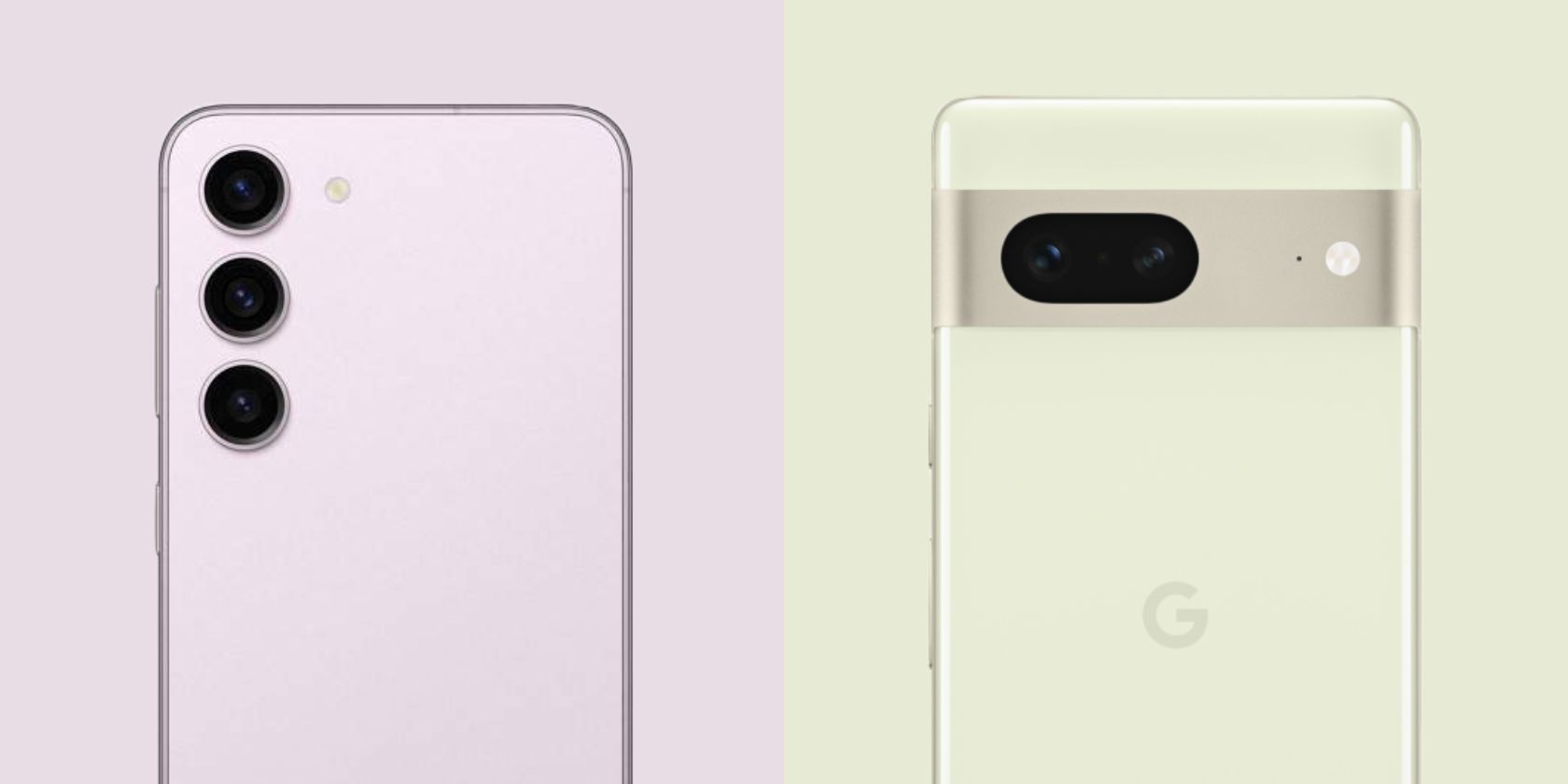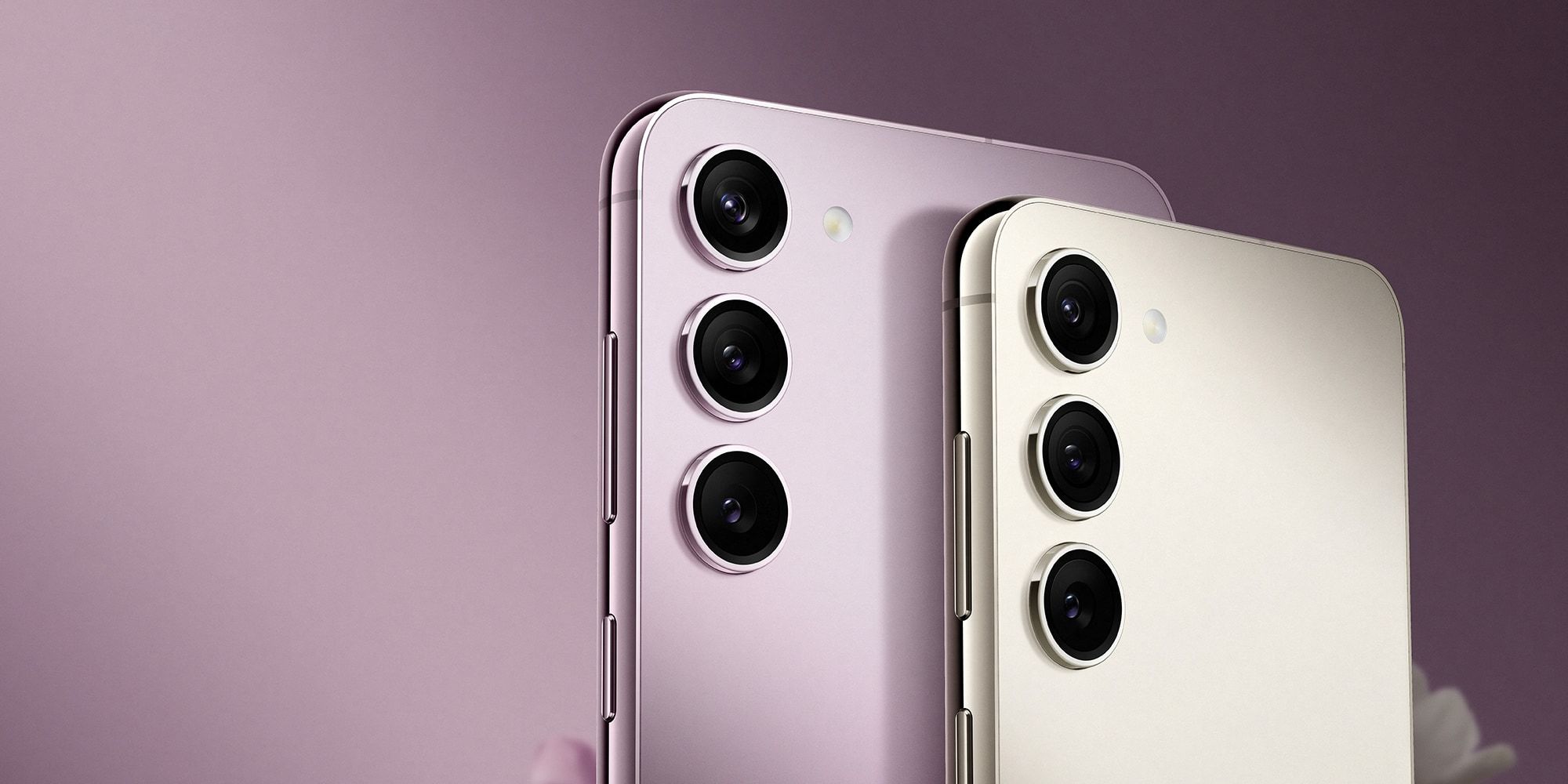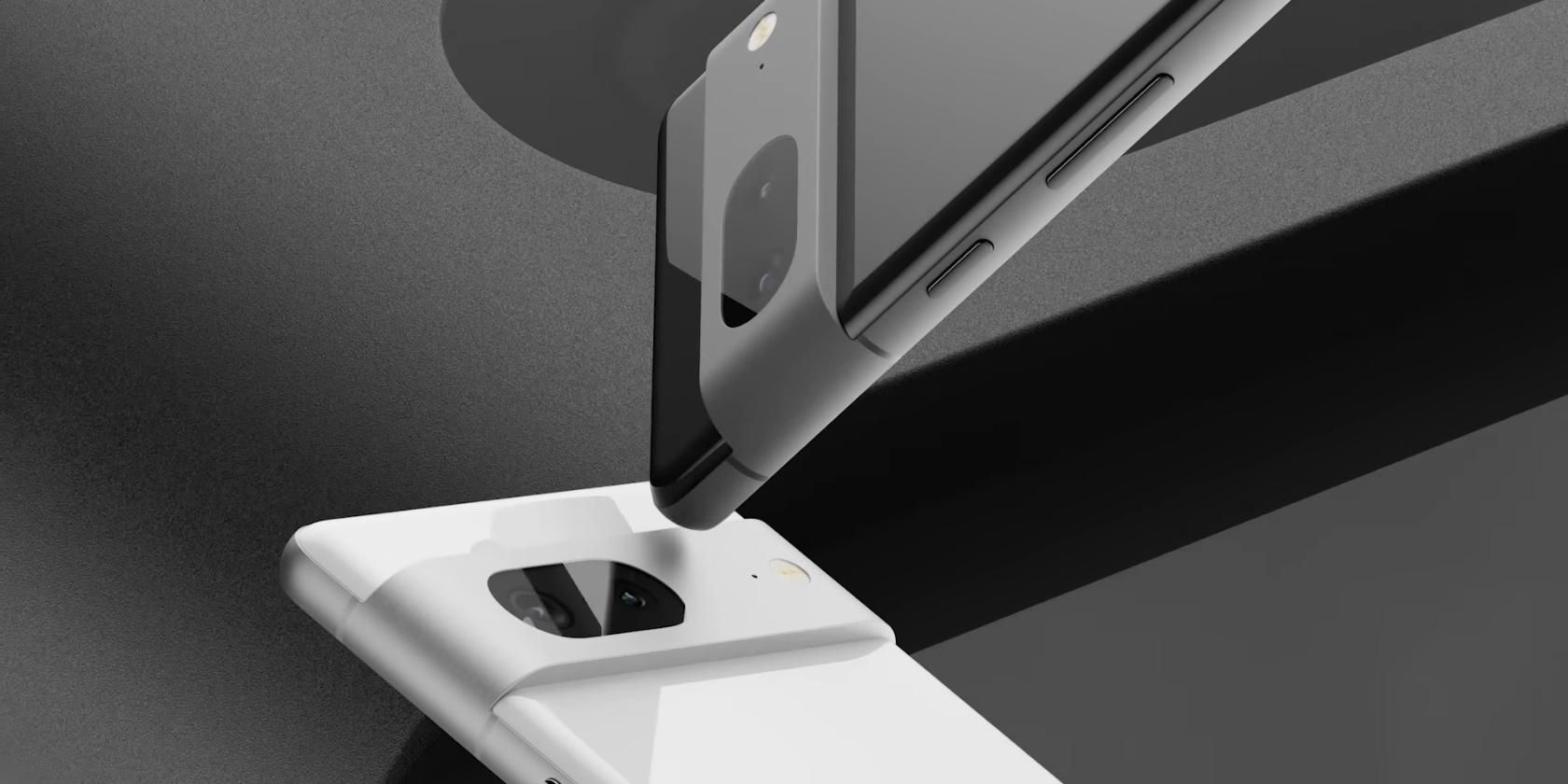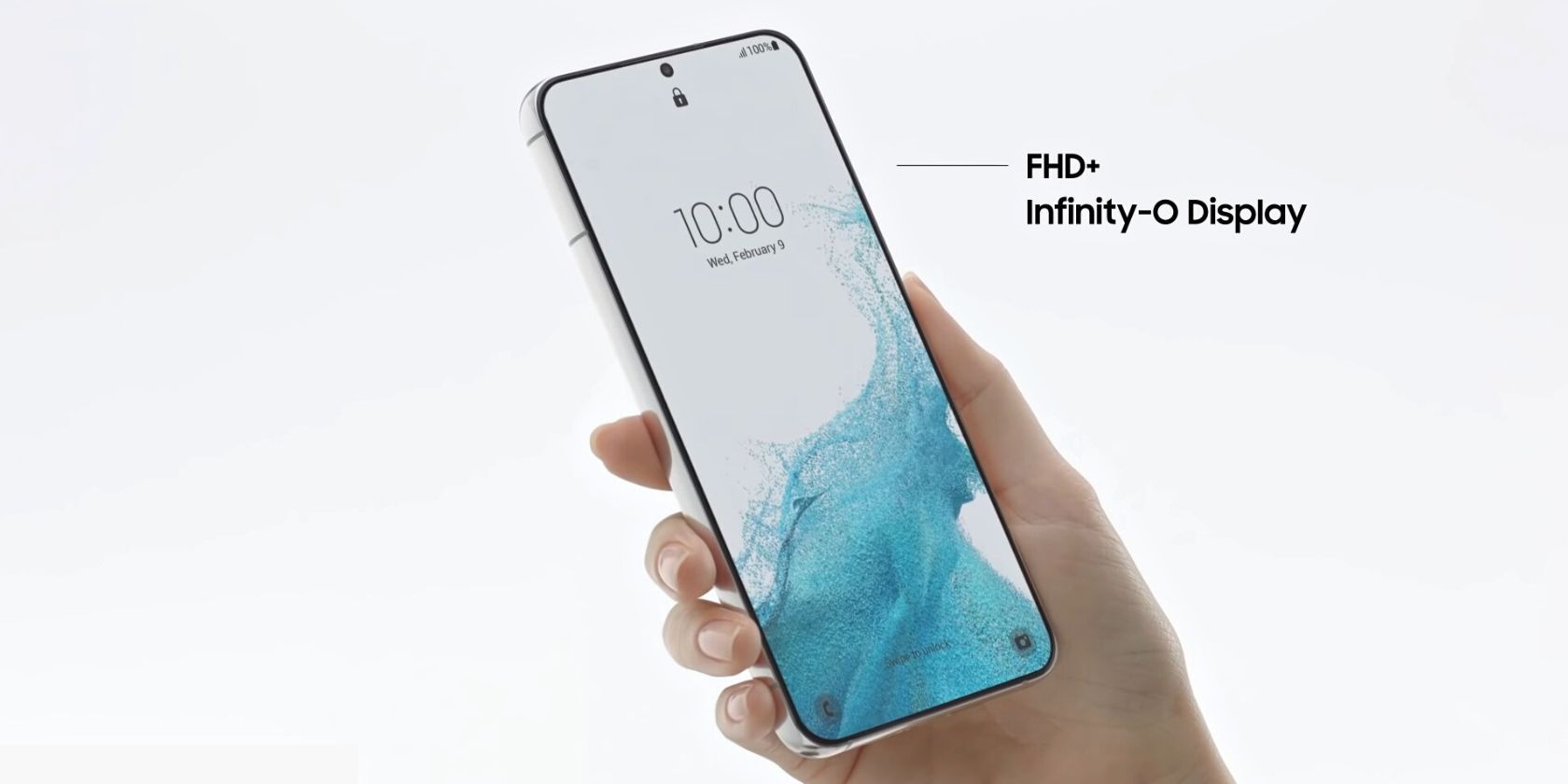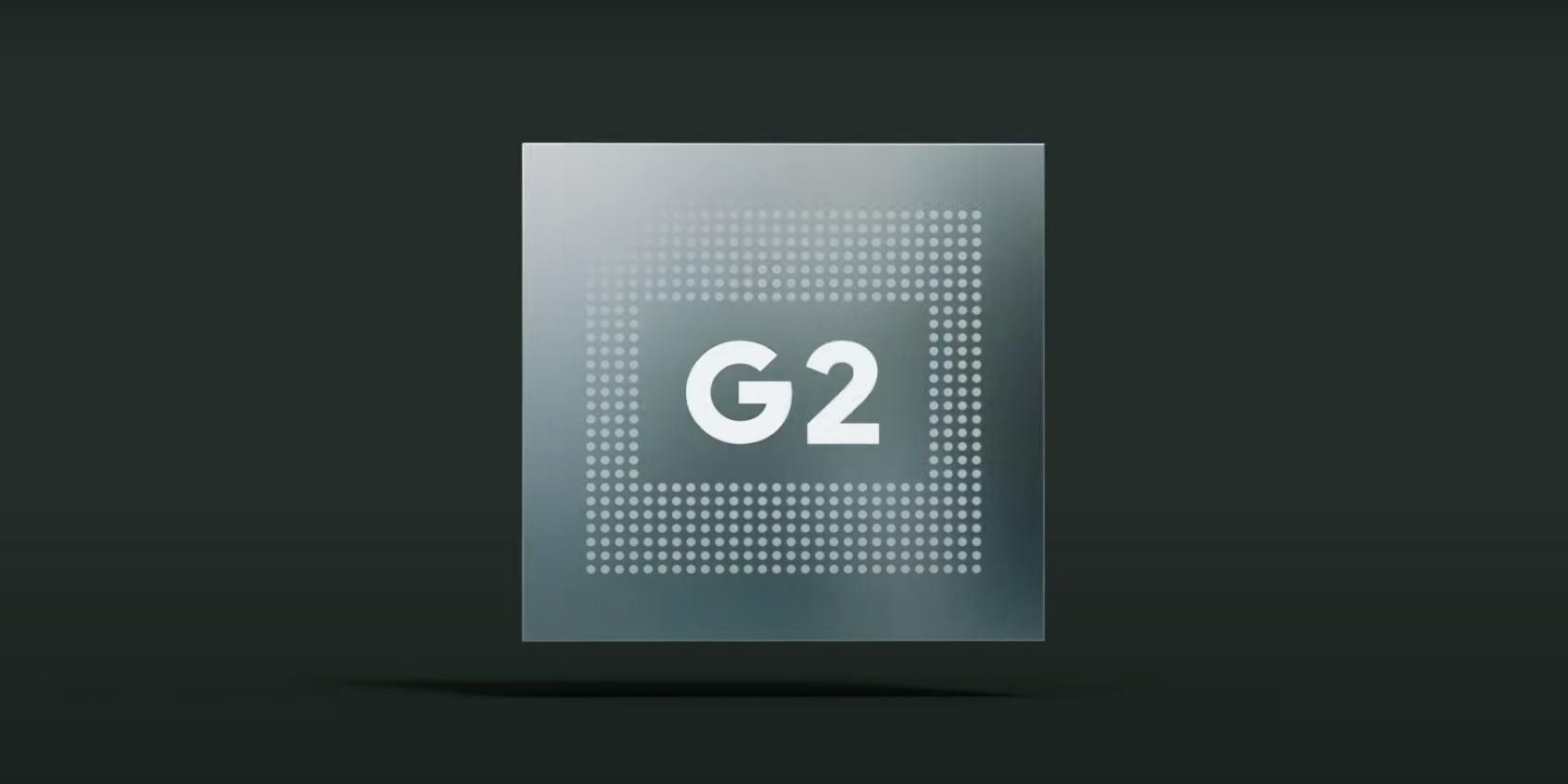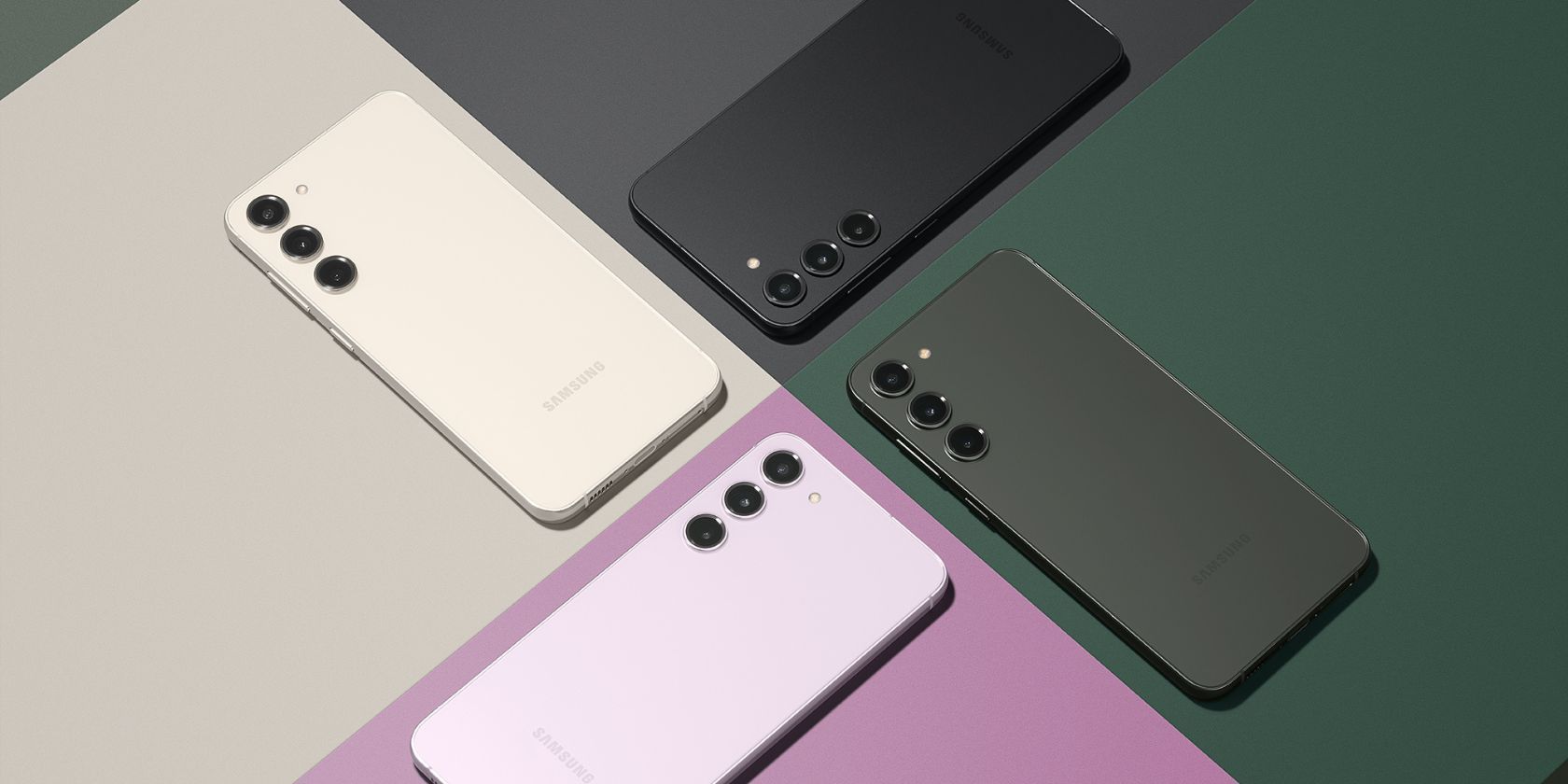Not everyone needs an Ultra or Pro phone, and if you're looking for a more affordable yet premium Android flagship, the base Galaxy S23 and Pixel 7 are two of the best options in the market right now. Let's compare the two devices and see which one you should buy.
Dimensions and Build Quality
- Samsung Galaxy S23: 146.3 x 70.9 x 7.6 mm; 168 grams
- Pixel 7: 155.6 x 73.2 x 8.7 mm; 197 grams
The Galaxy S23 is shorter, narrower, thinner, and lighter than the Pixel 7 which makes it more pocketable and easier for one-handed use. A lot of people like bigger phones, though, so the Pixel 7's larger footprint will suit many.
Both phones have an IP68 rating for water and dust resistance and use an aluminum frame, but the S23 has stronger Gorilla Glass Victus 2 on the front and back.
Neither of the two phones comes with a headphone jack or microSD card slot for expandable storage, but the Galaxy S23 does have a superior ultrasonic fingerprint sensor as opposed to the mediocre optical sensor on the Pixel 7.
Although the S23 does have better build quality, we prefer the more recognizable design of the Pixel 7. The S23 has gotten rid of that iconic contour-cut camera housing of its predecessor and now looks almost identical to the low-end Galaxy A14 which might upset some people.
The Galaxy S23 is available in four colors: Phantom Black, Green, Cream, and Lavender; you can also choose from two exclusive colors—Graphite and Lime—if you buy from Samsung's official website. The Pixel 7 comes in three colors: Obsidian, Snow, and Lemongrass.
Camera
- Samsung Galaxy S23: 50MP f/1.8 primary with dual-pixel PDAF, OIS, 8K video at 30fps; 12MP f/2.2 ultra-wide (120-degree field of view); 10MP f/2.4 telephoto with PDAF, OIS, and 3x optical zoom; Front: 12MP f/2.2 camera with dual Pixel PDAF and 4K video at 60fps
- Pixel 7: 50MP f/1.9 primary, OIS, PDAF, Laser autofocus, 4K video at 60fps; 12MP f/2.2 ultra-wide with 114-degree FoV; Front: 10.8MP f/2.2 ultra-wide with 92.8-degree FoV, 4K video at 60fps
Both the Galaxy S23 and the Pixel 7 take great photos, but when shooting photos of other people, the Pixel 7 will consistently come out ahead thanks to its Real Tone color calibration that represents different skin tones more accurately.
When shooting photos of objects and landscapes, both devices stylize their shots differently and one is not necessarily better than the other. Samsung tries to make your shots more Instagrammable whereas the Pixel looks more natural without looking boring.
That said, the S23 does have slightly better video quality and handles low-light shots a bit better. It also has a dedicated 10MP telephoto lens with 3X optical zoom and better edge detection for sharper portraits, but the bokeh effect looks more natural on the Pixel. The S23 also supports 8K video at 30fps, although that's a pretty niche feature right now.
Display
- Samsung Galaxy S23: 6.1-inch FHD+ Dynamic AMOLED; 120Hz adaptive refresh rate (48–120Hz); 1080 x 2340 resolution; 425 PPI; 1750 nits peak brightness; HDR10+ colors; 88.1% screen-to-body ratio
- Pixel 7: 6.3-inch FHD+ AMOLED; 90Hz refresh rate; 1080 x 2400 resolution; 416 PPI; 1400 nits peak brightness; HDR10+ colors; 84.9% screen-to-body ratio
The Galaxy S23 has a brighter, smoother display with uniform bezels that looks better than the Pixel 7 which has a prominent chin. The Pixel does have a bigger screen, but it's capped at a 90Hz refresh rate at a time when even budget Android phones have moved to 120Hz. Both devices are great for media consumption, but the S23 actually looks like a flagship.
Processor
- Samsung Galaxy S23: Snapdragon 8 Gen 2 for Galaxy; 4nm fabrication; Adreno 740 GPU
- Pixel 7: Google Tensor G2; 5nm fabrication; Mali-G710 MC10 GPU
The Galaxy S23 is the clear winner when it comes to performance and efficiency—that's thanks to the latest Snapdragon 8 Gen 2 processor which easily outperforms and outlasts the Google Tensor G2 processor on the Pixel 7.
There's also no inferior Exynos variant on the Galaxy this time, meaning you can expect the device to be better at sustained performance than its predecessor and not face any major throttling during heavy gameplay. The Pixel will most certainly not be as fast and smooth.
However, the Tensor G2 in the Pixel 7 is not designed for raw power, but to be as helpful as possible in the real world. Tensor is what allows Pixel phones to be so good at speech recognition, live translation, image processing, and more.
RAM and Storage
- Samsung Galaxy S23: 8GB RAM; 128GB/256GB/512GB storage
- Pixel 7: 8GB RAM; 128GB/256GB storage
Both devices start at 8GB RAM and 128GB storage, but the Galaxy S23 outdoes the Pixel by a thin margin given that it uses the latest generation of RAM and flash memory, LPDDR5X and UFS 4.0. This is not a big deal in the grand scheme of things but does make the S23 feel slightly faster and smoother in everyday use.
For those who need more storage, the S23 offers up to 512GB whereas the Pixel caps at 256GB. Learn how much storage you need on Android in you're unsure.
Battery
- Samsung Galaxy S23: 3900mAh; 25W wired and 15W wireless; reverse wireless charging
- Pixel 7: 4355mAh; 20W wired and 20W wireless; reverse wireless charging
The smaller 3900mAh cell on the Galaxy S23 gives roughly the same battery life as the bigger 4355mAh cell on the Pixel 7. Why? Because the former has a much more efficient chip that ensures minimal power consumption; the Tensor G2 on the Pixel is more power-hungry in comparison and will deplete more battery sooner.
The charging speeds of the Galaxy S23 and Pixel 7 differ on spec sheets but are very similar in real life. Both devices also support reverse wireless charging to power your smartwatch and true wireless earbuds. Neither of the two comes with a charger in the box.
Pixel 7 Is a Worse Flagship but a Better Deal
If it's a flagship experience you want, the $799 Galaxy S23 will be a better fit. It has a more powerful processor, longer battery life, an ultrasonic fingerprint sensor, faster RAM and storage, thin uniform bezels, better build quality, and four years of OS updates.
The Pixel 7 is a worse flagship, but a better deal at $599. It has excellent photo quality, useful camera features, faster wireless charging, deep integration with Google services, no bloatware, an arguably better design, and more helpful software features such as Call Screening, Hold for Me, speaker labels in the Recorder app, and more.

